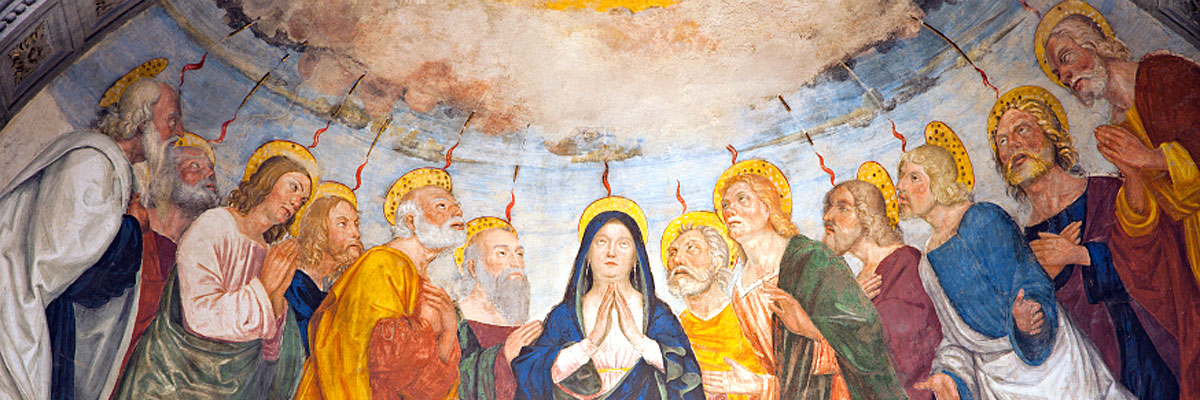
Understanding Our Church
A Treasury of Arkansas Writers Discussing the Catholic Faith
Official Website of the
Catholic Diocese of Little Rock
Hospice is a ‘philosophy of care’ that upholds dignity of the dying
Published: October 5, 2019
By Judy Hoelzeman
St. Edward Church, Little Rock
“Hospice” is borrowed from the Medieval Latin "hospitium," which described a place of shelter and compassionate care during the Middle Ages. Our present day hospice originates from the work of Cicely Saunders, a nurse, social worker and physician who was discouraged by the prevailing attitude that “nothing more can be done” for patients nearing death.
Rather than continuing ineffective medical treatments, she combined pain and symptom management (“palliative care”) with personalized plans of comfort care. She founded the first hospice in London in 1967, and by 1974, had helped to establish the movement in the United States. She once said, “Suffering is only intolerable when nobody cares … faith in God and his care is made infinitely easier by faith in someone who has shown kindness and sympathy.”
The Church speaks often of protecting human dignity in all stages of life. Pope Pius XII told medical specialists that “there is no obligation to have recourse in all circumstances to every possible remedy and that, in some specific cases, it is permissible to refrain from their use.” St. John Paul II in “Evangelium Vitae” calls for us to “seek to make suffering more bearable in the final stages of illness and to ensure that the patient is supported … in his or her ordeal.” (no. 65)
Hospice care teaches us how to redefine hope, to believe that there are always reasons to hope, and that the words “there is nothing more we can do” are never true.
In 2009, Pope Benedict XVI said the use of palliative care can “soothe pain that comes from the illness and help infirm persons to get through it with dignity.” The Catechism of the Catholic Church states that in the case of alleviating the sufferings of the dying, “Palliative care is a special form of disinterested charity. As such it should be encouraged.” (catechism, no. 2279) Hospice neither prolongs suffering nor hastens death.
It is not a place but a philosophy of care focusing on the patient’s comfort and dignity during life’s last stages. The only requirement for hospice is that a physician verify that the patient is terminally ill with a life expectancy of six months or less. Patients may live longer than six months. Sometimes, they improve enough to be released from hospice, then return when they are once more eligible. Families of hospice patients benefit greatly from it, especially if hospice is begun early. The care team includes a nurse, home health aide, social worker, chaplain and volunteers, all of whom visit the patient’s home. Hospice is a Medicare benefit and provides drugs, supplies and equipment.
Family caregivers can reach someone on the hospice team by phone 24 hours a day. Hospice is discovering hope where you least expect it. I spent eight years coordinating volunteers for a Little Rock hospice. I loved the way one of the nurses visited with people considering hospice. She believed, like Cicely Saunders, that “there is always so much more to be done.”
First, this nurse would ask the patient how the last few months had been for them. Then she would ask them to talk about what they’d like the remainder of their lifetime to be like. These people knew they could not be cured, and yet the nurse teased out their goals.
They hoped to avoid going back to the hospital, to visit with grandchildren or take a trip. Some wanted to work in their shop, or go fishing. Some hoped simply to sit by the window and watch the sunset.
Hospice care teaches us how to redefine hope, to believe that there are always reasons to hope, and that the words “there is nothing more we can do” are never true. The best time to learn about hospice is long before you need it.



